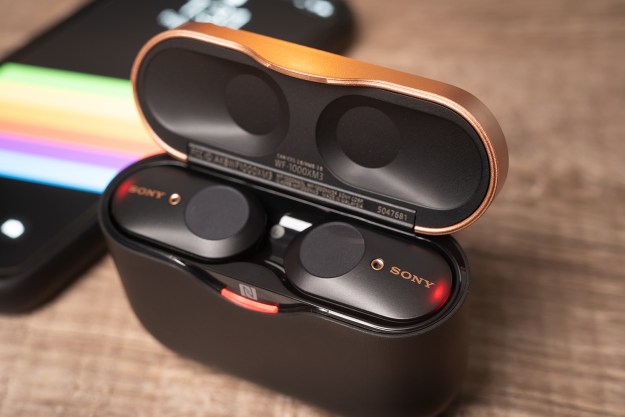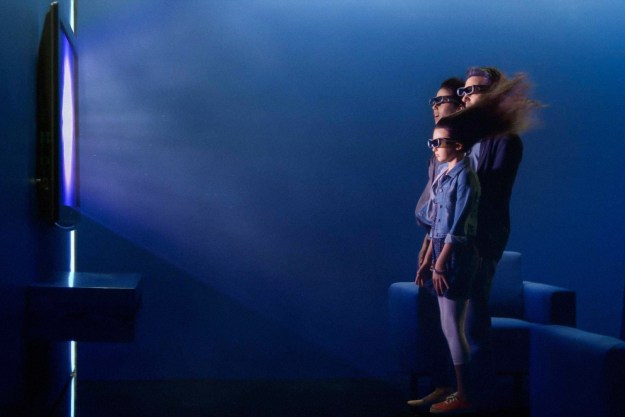Sony has taken the wraps off its Bravia NX810 HDTVs, touting the 46-, 55-, and 60-inch sets to sports fans and 3D entertainment enthusiasts. The NX810s are an evolution of Sony’s previous NX800 series, and sport Sony’s current monolith design as well as integrated Wi-Fi, access to Sony’s Qriocity online streaming service, ambient light sensors, MotionFlow 240Hz refresh, and 3D compatibility…although folks will have to buy their shutter glasses separately.

“Bravia is optimized to deliver the best possible 3D consumer experience by leveraging the vast knowledge from our theatrical and professional products groups,” said Sony’s VP for televisions Chris Fawcett, in a statement. “3D is driving the growth of the entertainment industry and only Sony is involved in every stage of the platform.”
Sony is pushing the NX810 lines to sports fans who want to tap into football games to be broadcast this autumn in 3D; customers will also receive two Blu-ray 3D titles with a set, along with a PlayStation Network voucher to download 3D gaming content. All three sets feature Sony’s Bravia Internet Video and Widgets so users can tap into online video and information, along with Sony’s DynamicEdge LED backlighting with local area dimming for improved contrast.
However, none of these Bravia NX810 sets are exactly cheap: the 46-inch model will carry a suggested retail price of about $3,000; the 55-inch unit will go for about $3,700, while the 60-inch edition will carry a price tag near $4,700—all three models should be availabel in September. Plus, users will still need to buy their own compatible 3D shutter glasses and (of course) 3D-capable gear like a Blu-ray player and DVR…if they don’t have it already.
Editors' Recommendations
- You Asked: 3D VR, QDEL technology, and TV size vs. quality
- Samsung, Google are attacking Dolby Atmos’ monopoly on 3D sound, and it’s going to get ugly
- What is MPEG-H? The burgeoning 3D audio standard explained
- 3D-printed eartips could mean way more comfortable and better-sounding earbuds
- Pre-Prime Day Deal: Amazon knocks $50 off the Sony WF-1000XM3 wireless earbuds


